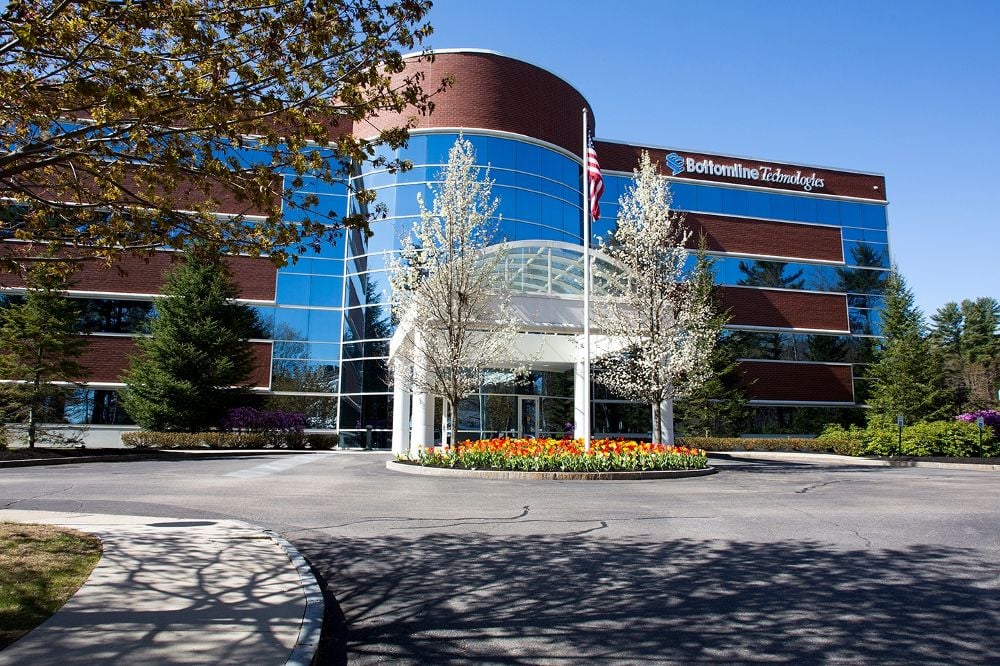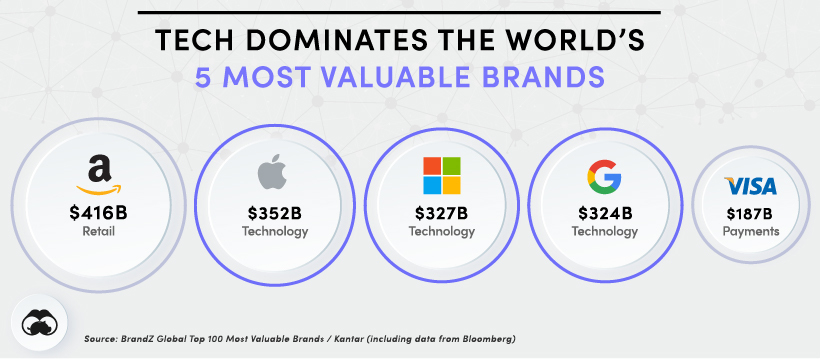Self Storage Technology: Revolutionizing Storage Solutions
Self storage technology has taken center stage, revolutionizing the way we store our belongings. From the humble beginnings of traditional self storage facilities, the industry has embraced innovation, transforming into […]
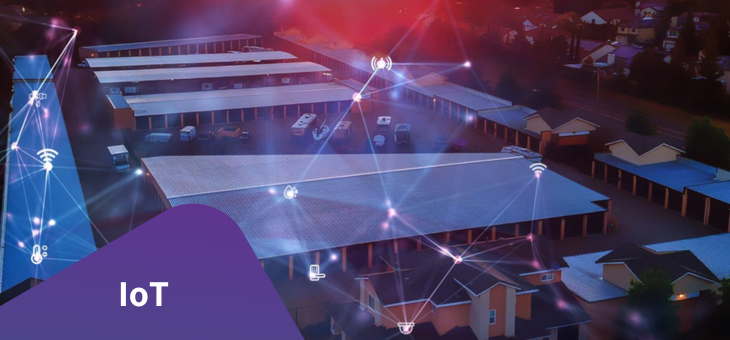
Self storage technology has taken center stage, revolutionizing the way we store our belongings. From the humble beginnings of traditional self storage facilities, the industry has embraced innovation, transforming into a technologically advanced sector. This evolution has brought about a new era of efficiency, convenience, and security for both customers and operators.
Gone are the days of dusty, dimly lit storage units. Today, self storage facilities are equipped with state-of-the-art technologies that enhance every aspect of the experience. Climate control systems ensure optimal conditions for sensitive items, while robust security measures provide peace of mind. Online booking platforms streamline the rental process, allowing customers to secure their space with just a few clicks.
Security and Access Control
Self storage facilities are increasingly leveraging technology to enhance security and provide a safe and secure environment for their customers’ belongings. Security measures such as video surveillance, motion detection, and access control systems play a crucial role in preventing unauthorized access and theft.
Types of Access Control Technologies
Access control systems are designed to restrict entry to authorized individuals only. Different technologies are employed for this purpose, each with its own advantages and disadvantages.
- Keycard Systems: Keycard systems utilize plastic cards with embedded microchips or magnetic stripes to grant access. These cards are programmed with specific access rights, allowing entry to authorized individuals. Keycard systems are relatively inexpensive and easy to install but can be vulnerable to theft or unauthorized duplication.
- Biometric Authentication: Biometric authentication systems rely on unique biological traits for identification, such as fingerprints, facial recognition, or iris scans. These systems offer a higher level of security as they are difficult to replicate or forge. However, they can be expensive to implement and may raise privacy concerns.
- Mobile Access Apps: Mobile access apps allow users to control access to their storage units using their smartphones. These apps typically utilize Bluetooth or NFC technology to communicate with access control systems. Mobile access apps offer convenience and flexibility, but they rely on a stable internet connection and may require additional security measures to prevent unauthorized access.
Leveraging Technology to Prevent Unauthorized Access and Theft
Self storage facilities can implement various technological solutions to enhance security and prevent unauthorized access and theft.
- Video Surveillance: Installing high-definition surveillance cameras throughout the facility allows for continuous monitoring and recording of activities. Video surveillance systems can deter crime and provide valuable evidence in case of an incident.
- Motion Detection: Motion detection systems trigger alarms or notifications when movement is detected in restricted areas. These systems can help identify potential intruders and alert security personnel promptly.
- Access Control Systems: Implementing access control systems with robust authentication mechanisms ensures that only authorized individuals can access storage units. Access logs can be monitored to track entry and exit times, providing valuable information for security purposes.
- Lighting and Security Lighting: Adequate lighting throughout the facility can deter crime by improving visibility and making it more difficult for intruders to operate undetected. Security lighting systems, such as motion-activated lights, can further enhance security by illuminating specific areas when movement is detected.
- Perimeter Security: Physical barriers such as fences, gates, and security cameras can help prevent unauthorized access to the facility.
- Security Personnel: Employing security personnel on-site can provide an additional layer of protection and deter crime.
The Impact of Technology on the Self Storage Industry

Technology has dramatically transformed the self storage industry, ushering in a new era of convenience, efficiency, and customer-centric experiences. The industry has embraced technological advancements to streamline operations, enhance customer interactions, and gain valuable insights into market trends and customer preferences.
The Rise of Online Booking and Customer Self-Service
The advent of online booking platforms has revolutionized how customers interact with self storage facilities. Customers can now browse available units, compare prices, and reserve storage space online, eliminating the need for physical visits and lengthy paperwork. This has significantly simplified the process of renting self storage, making it more accessible and convenient for customers. Moreover, online platforms provide customers with a wealth of information about the facility, including unit sizes, amenities, and security features, empowering them to make informed decisions.
- Online Booking Platforms: Platforms like SpareFoot, Neighbor, and StorageCafe have made it possible for customers to compare prices, unit availability, and amenities across multiple facilities, creating a more transparent and competitive market.
- Self-Service Kiosks: Self-service kiosks allow customers to complete tasks such as rental agreements, payments, and access control, reducing wait times and providing 24/7 accessibility. This fosters a sense of independence and control for customers, who can manage their storage needs without relying on staff assistance.
- Mobile Applications: Mobile apps provide customers with convenient access to account information, payment options, and facility details. They can also be used to manage access control, remotely open storage unit doors, and receive notifications about account updates. This level of accessibility enhances the overall customer experience and fosters a sense of control and convenience.
Data-Driven Insights and Business Optimization
Technology has provided self storage operators with powerful tools to collect and analyze data, gaining valuable insights into customer behavior, market trends, and operational efficiency. This data-driven approach enables operators to make informed decisions about pricing, marketing, and facility management, ultimately improving profitability and customer satisfaction.
- Customer Relationship Management (CRM) Systems: CRM systems allow operators to track customer interactions, preferences, and purchase history, providing a comprehensive understanding of customer needs and behavior. This data can be used to personalize marketing campaigns, improve customer service, and optimize pricing strategies.
- Facility Management Software: Software solutions like Facility Manager and Yardi help operators manage inventory, track occupancy rates, automate tasks, and streamline communication. This improves operational efficiency, reduces administrative burden, and enables operators to focus on providing excellent customer service.
- Data Analytics: By analyzing data on customer demographics, rental patterns, and market trends, operators can identify areas for improvement, anticipate future demand, and optimize pricing strategies. This data-driven approach helps operators make informed decisions and stay ahead of the competition.
Challenges and Opportunities of Self Storage Technology
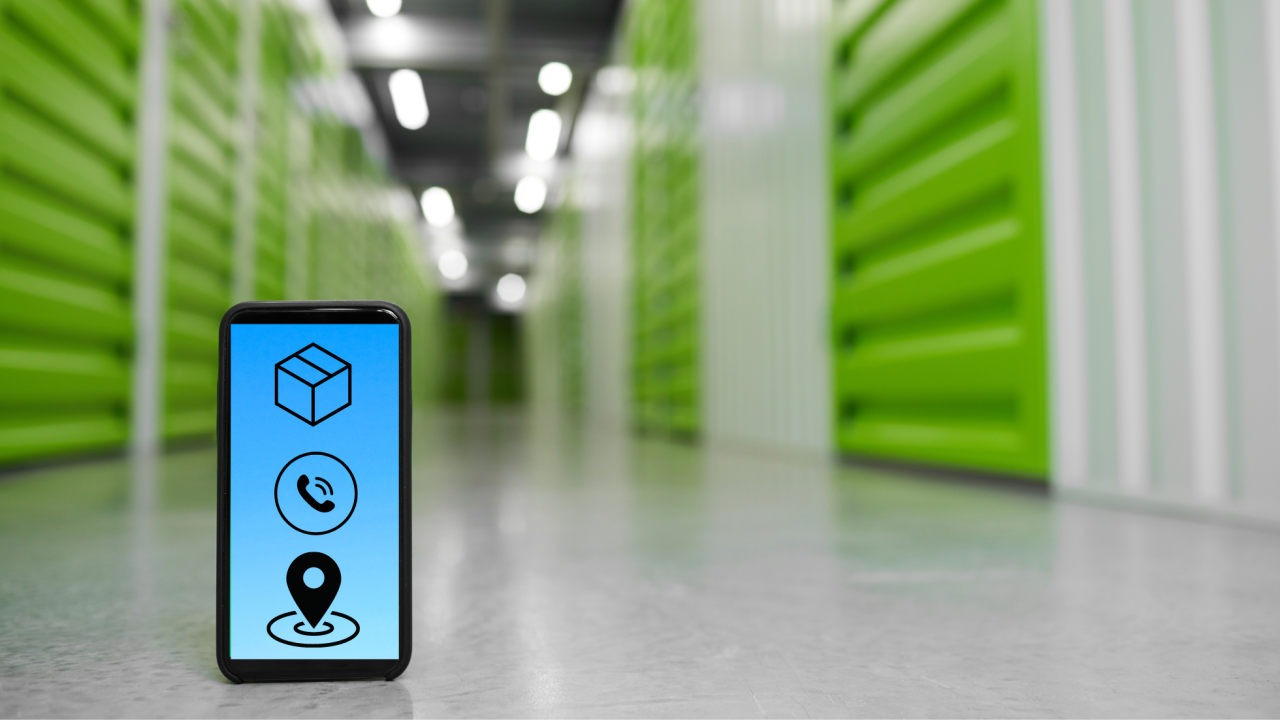
The integration of technology into the self storage industry presents both exciting opportunities and significant challenges. While technology offers the potential to streamline operations, enhance customer experiences, and create new revenue streams, it also brings about concerns regarding costs, integration, and cybersecurity.
Challenges of Implementing Self Storage Technology
Implementing and maintaining self storage technologies can pose a number of challenges. These challenges require careful consideration and planning to ensure successful adoption.
- Cost: The initial investment in technology, such as access control systems, security cameras, and software platforms, can be substantial. Additionally, ongoing maintenance, software updates, and technical support add to the overall cost.
- Integration: Integrating new technologies with existing systems and infrastructure can be complex and time-consuming. This process may require significant adjustments to existing workflows and employee training.
- Cybersecurity: Self storage facilities store valuable customer data, including personal information and payment details. Ensuring the security of this data is crucial. This requires robust cybersecurity measures to protect against data breaches and cyberattacks.
Opportunities Presented by Self Storage Technology
Despite the challenges, technological advancements offer significant opportunities for the self storage industry. These opportunities can lead to increased efficiency, improved customer satisfaction, and new revenue streams.
- Increased Efficiency: Technology can automate many tasks, such as rent collection, access control, and customer communication. This can free up staff time for more customer-facing activities, leading to increased efficiency and productivity.
- Enhanced Customer Satisfaction: Self storage technology can improve the customer experience by providing convenient online booking, 24/7 access, and mobile app features. This can lead to increased customer satisfaction and loyalty.
- New Revenue Streams: Technology can enable new revenue streams, such as offering value-added services like climate-controlled units, online storage auctions, and delivery services.
Comparison of Self Storage Technologies
| Technology | Cost | Functionality | Security |
|---|---|---|---|
| Access Control Systems | High | Automated access control, remote monitoring, and user management | High, with advanced features like facial recognition and multi-factor authentication |
| Security Cameras | Medium | Real-time monitoring, recording, and event detection | Medium, depending on the quality and features of the cameras |
| Self Storage Software | Medium to High | Rent management, online booking, customer communication, and reporting | Medium, with data encryption and secure login features |
| Mobile Apps | Low | Convenient access to account information, online payments, and facility information | Medium, with secure login and data encryption |
Final Summary: Self Storage Technology
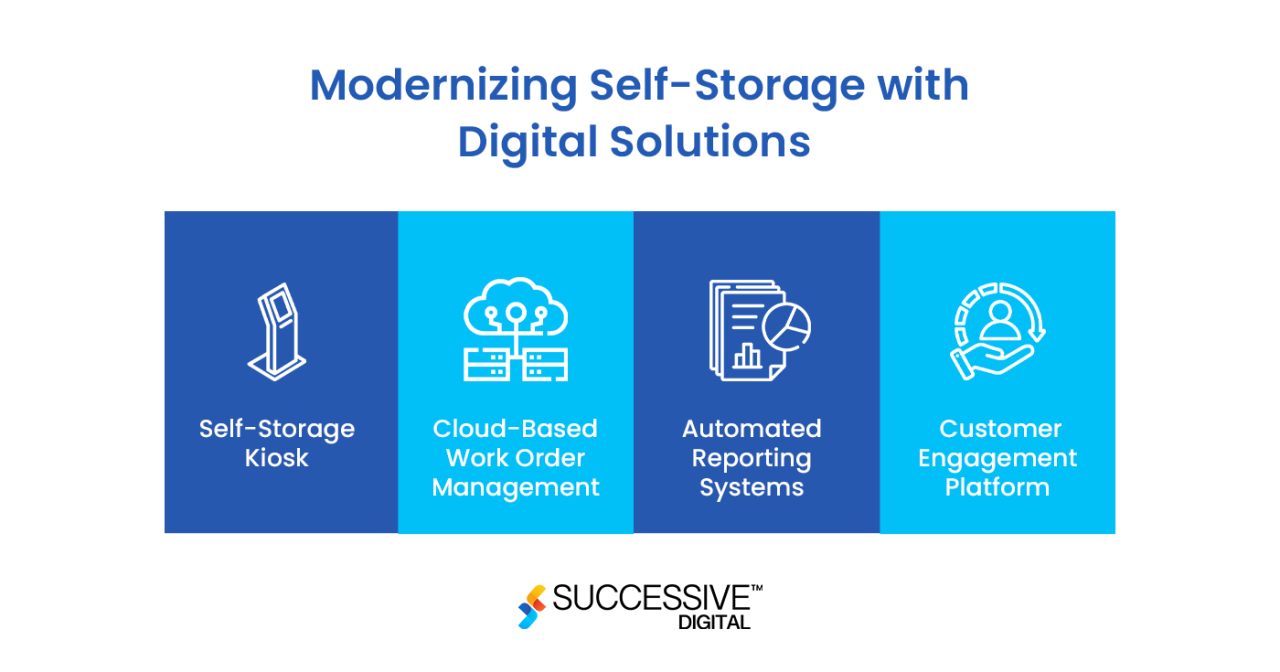
As technology continues to advance, the self storage industry is poised for even greater innovation. The integration of smart storage solutions, such as automated storage and retrieval systems, promises to further optimize space utilization and improve efficiency. The future of self storage is bright, with technological advancements driving a more convenient, secure, and personalized experience for customers.
Self storage technology is evolving rapidly, with smart locks, online booking systems, and even automated storage retrieval becoming commonplace. This evolution is driven by the need for efficiency and security, but it also raises important questions about data management. Implementing a robust data governance people process technology framework is essential for self storage businesses to ensure the responsible collection, storage, and use of customer data, ultimately fostering trust and compliance.
